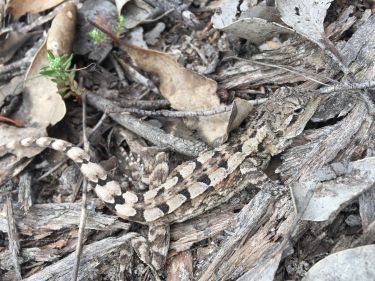
Sciences & Technology
Reptiles are helping us better understand threats to Australia’s biodiversity
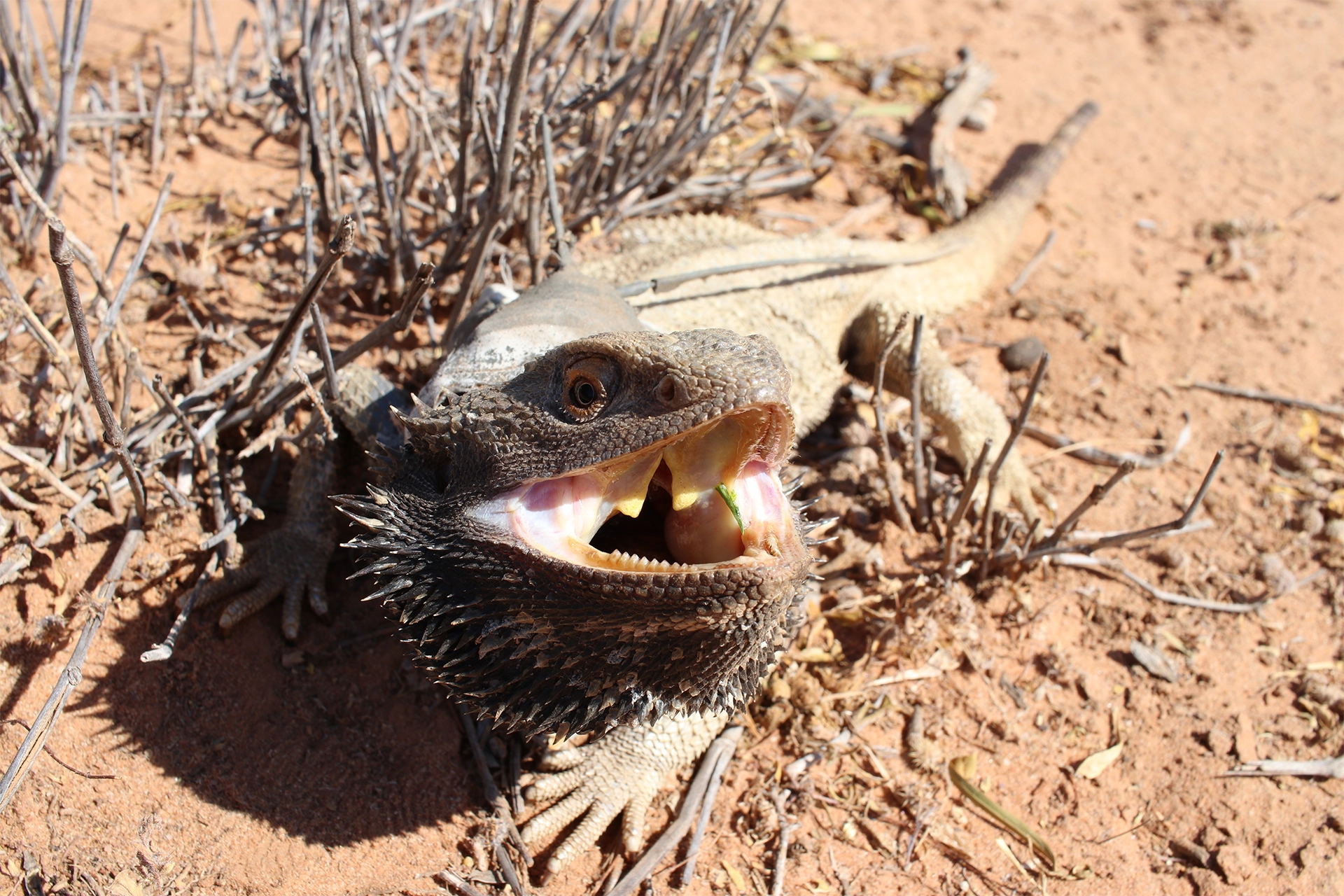
A study monitoring the activity of lizards in the Australian wild found that, surprisingly, the fastest lizards are also the most likely to die
Published 17 July 2025
Most of us instinctively believe that faster is better. Think of Olympic sprinters or animals escaping predators. Surely speed offers a clear survival advantage?
But our study on Australian central bearded dragons (Pogona vitticeps) in the wild flips this assumption on its head – being too speedy might put these lizards at risk of predation.
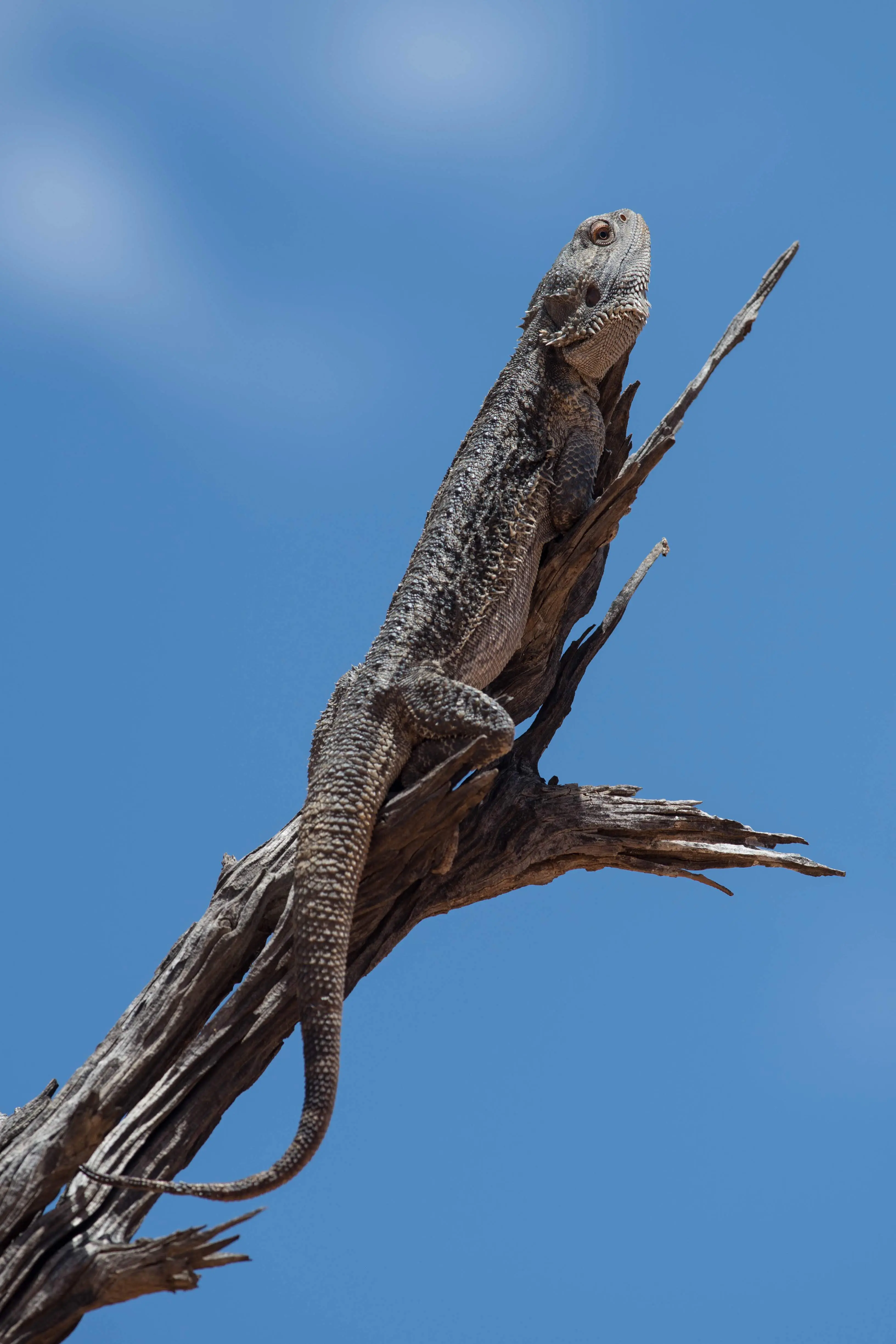
To get at this question, we equipped wild bearded dragons with what are essentially tiny ‘Fitbits’.
These small, high-tech devices combined accelerometers and temperature-sensitive radio transmitters, allowing us to measure body temperature and acceleration simultaneously.
This monitoring gave us detailed insights into the daily lives of these lizards in their natural environment over a year.
Ectotherms – cold-blooded animals like lizards and other reptiles – rely on external heat sources to regulate their body temperature.

Sciences & Technology
Reptiles are helping us better understand threats to Australia’s biodiversity
Maintaining optimal temperatures is crucial because it influences their ability to digest food, grow, avoid predators and reproduce effectively.
To achieve this optimum, lizards will move strategically between sunny spots and shady retreats – a delicate balancing act known as behavioural thermoregulation.
Our research confirmed that these dragons were masters at optimising their behaviour according to seasonal shifts in air temperatures.
In spring and summer, when environmental conditions made it easier to maintain optimal temperatures, our dragons achieved greater thermoregulatory precision, keeping their bodies within a narrow, ideal temperature range.
Thermoregulation was less precise in winter, likely because reaching optimal body temperatures required more energy to locate heat sources.
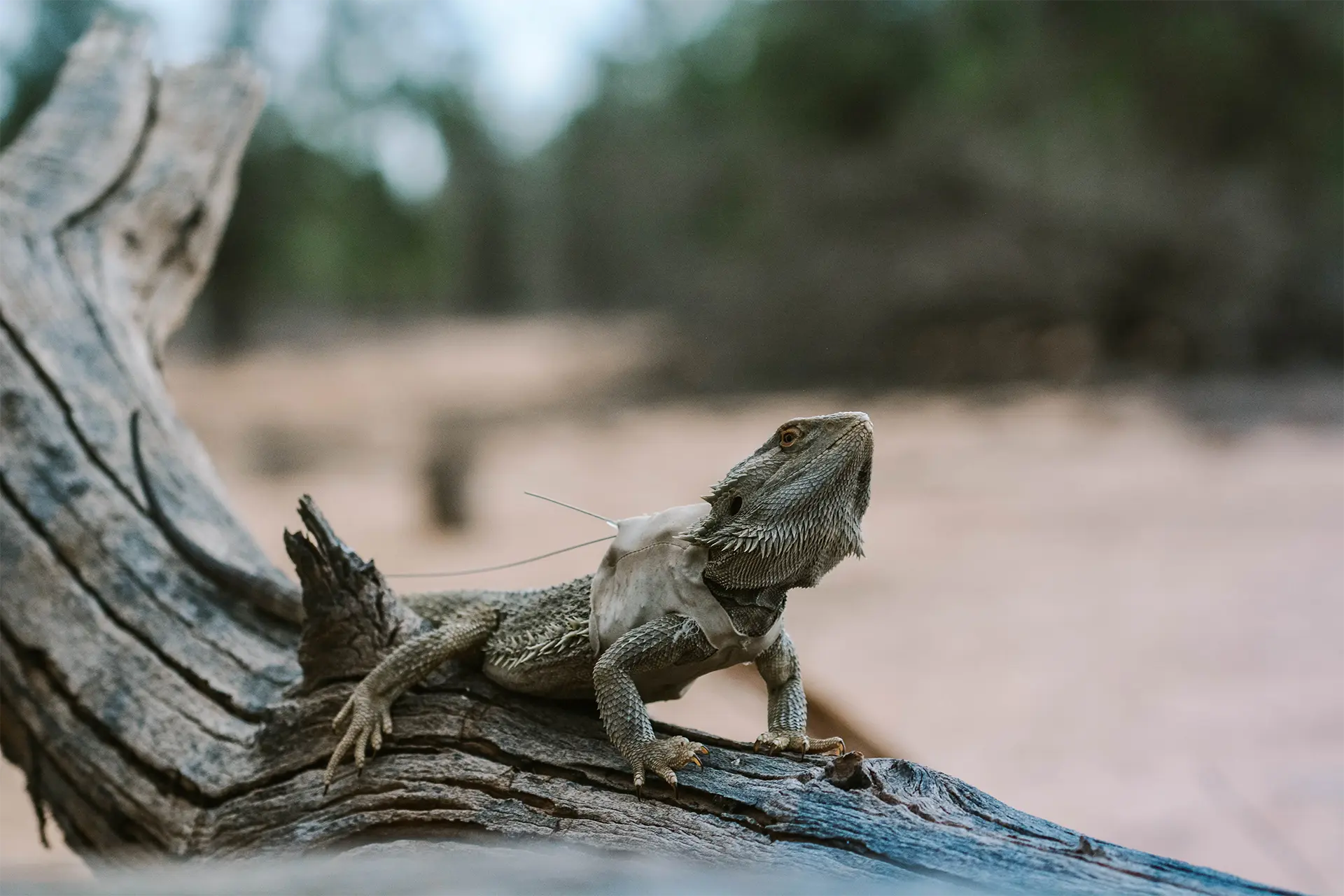
The surprising twist came when we calculated the dragons’ optimal temperature for peak speed and how their speed compared to their survival outcomes.
Contrary to expectations, higher speed in the field was associated with greater mortality risk.
In other words, being the fastest lizard on the block wasn’t always beneficial. This effect was particularly pronounced in females, suggesting that there are sex-specific trade-offs between performance and survival.
Why would being faster increase their chances of death?
We don’t know for sure, but it’s possible that speedy lizards might engage in riskier behaviours. Moving around more openly and frequently would make them more visible and vulnerable to predators like birds and cats.

Sciences & Technology
The sleepy lizard awakens new tools for climate change research
Interestingly, this increased risk was especially pronounced during spring, the reproductive season. At this time, the dragons were moving around a lot more, presumably looking for mates, and so predation was higher – and even higher in the faster dragons.
These findings highlight an important ecological reality: the fitness metrics we measure in controlled laboratory settings don’t always reflect real-world outcomes.
Traditionally, researchers measure thermal performance in labs by recording maximum sprint speeds under ideal, predator-free conditions. They then assume that the faster lizards are better able to move around and avoid predation, allowing them to breed more.
In the wild, however, performance isn’t just about physiology – it’s deeply intertwined with behaviour, predation risk and environmental variability.
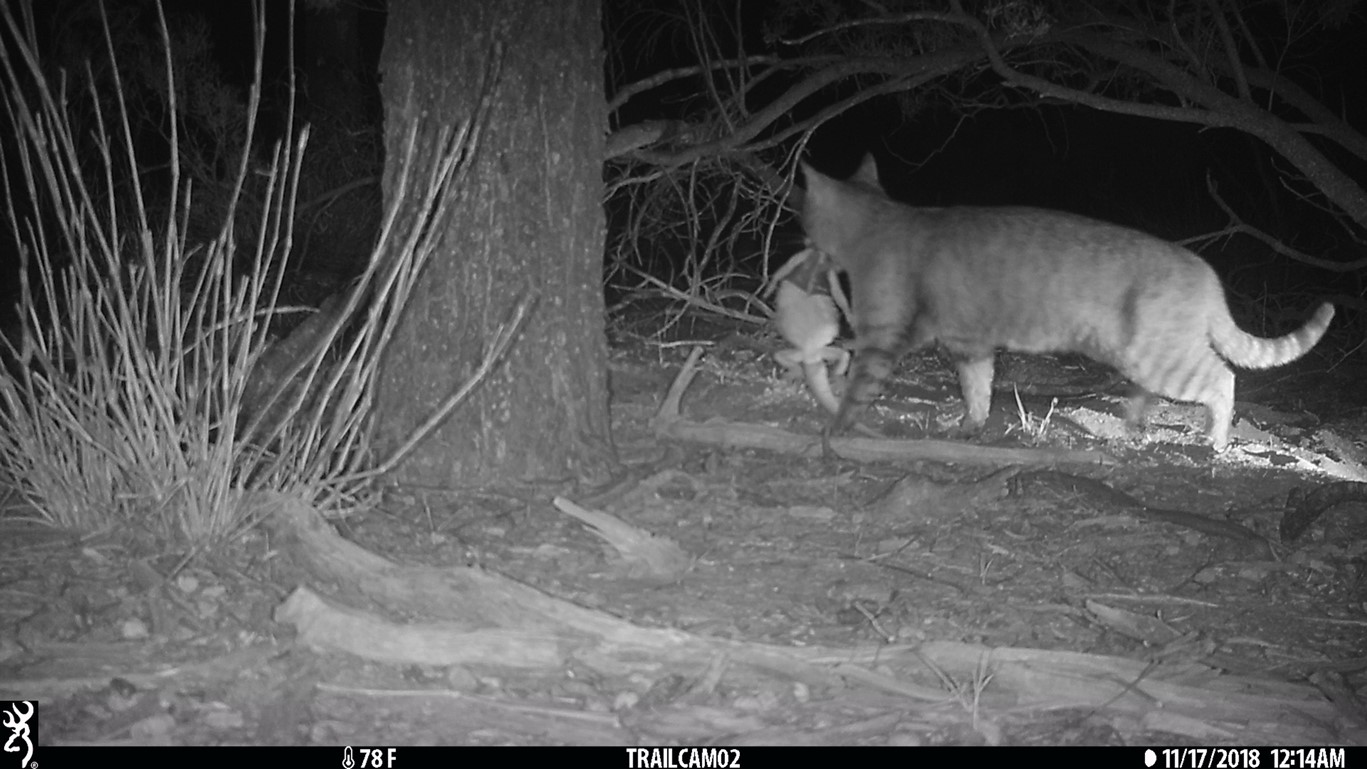
Running from point A to B is one of the many decisions a lizard must make in the wild, and if they get it wrong just once, it’s game over.
Our field-based approach provided a more accurate picture of how physiological capabilities, like speed, translate into actual survival outcomes, demonstrating clearly that the fastest isn’t always the fittest in the case of the Australian central bearded dragon.
Understanding these complex trade-offs is crucial, particularly in the context of climate change.

As temperatures rise and environments become more variable, how will ectotherms like our bearded dragons adapt? Will they face even greater challenges balancing the costs and benefits of thermoregulation, and will this impact their survival?
Moreover, these lizards are facing increased pressures from invasive predators like cats and foxes, which further complicate their ability to survive and reproduce.
By combining innovative technology with rigorous ecological methods, our study sheds new light on the nuanced interplay between physiology, behaviour and theory. It reminds us that the environment an animal lives in is just as important as their physiological capabilities.
So, next time you cheer for the fastest sprinter, spare a thought for the bearded dragon – sometimes, slow and steady might actually win the race.